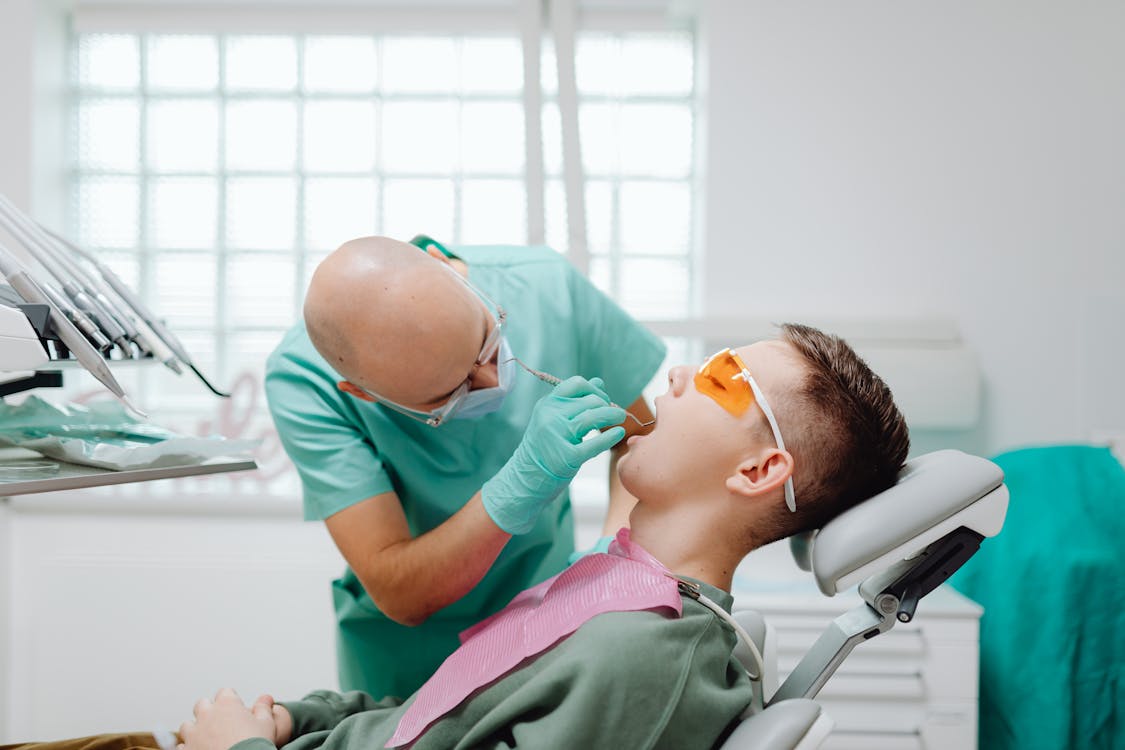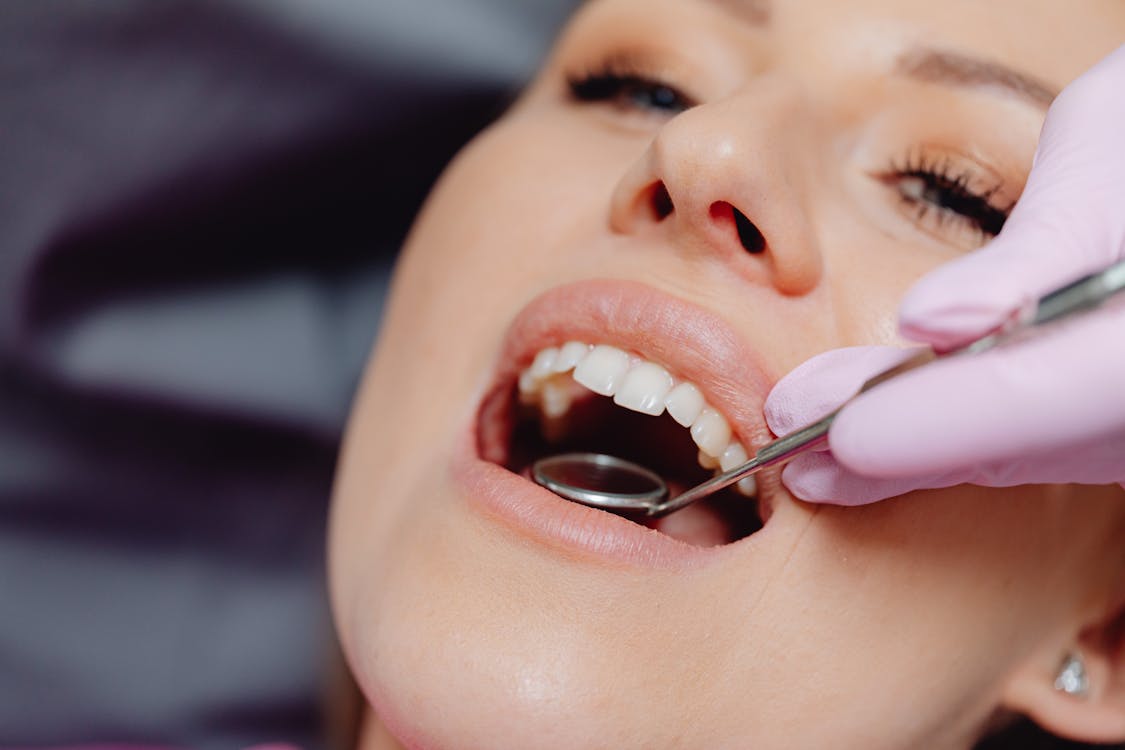
What Does Restorative Dentistry Include?
Research revealed that only 30 percent of millennials in America brush their teeth just once a day. But, that’s not all; of the 2000 respondents, an average person skipped brushing their teeth at least once a day for two days straight. It suggests that many Americans are at risk of tooth and gum diseases because of bad dental hygiene. Add to that the fact that some people, irrespective of their age and their dental hygiene status, might lose teeth in an accident. However, you need not worry. Restorative dentistry is here to help you overcome the effects of these untoward events. So, let’s understand this miracle of science for oral health.
Table of Contents
What is restorative dentistry?
Restorative dentistry includes dental practices that restore the functionality and esthetics of the mouth. The procedures help repair cracked or loose teeth, treat the damaging effect of infected gums on teeth and replace ones that have been knocked out or fallen, thus restoring your ability to speak, bite, and chew effortlessly.

What does restorative dentistry include?
The most common procedures at the restorative dentistry services at Chula Vista include fillings, crowns, and implants. Here’s some more information on these to help you choose what suits your condition the best.
-
Dental fillings
Dental fillings help replace the degenerated parts of your teeth that have caused dental cavities. Some common materials for fillings include porcelain, amalgam, silver, gold, or other materials. They also help level and smoothen tooth surfaces to improve biting and chewing. Most patients notice a considerable improvement in their dental condition after the procedure.
-
Dental crowns
A dental crown can help restore your tooth’s proper shape, size, and strength to decayed, damaged, or dented. These are tooth-shaped caps cemented on the artificial tooth to protect them. Crowns are made using ceramic, gold, porcelain, and other materials. Among these, porcelain crowns fused to metal are preferred because of their natural appearance and durability.

-
Dental implants
Dental implants effectively solve severe dental problems such as bone loss or tooth decay because of periodontal disease or fracture. It’s also an excellent dental device to provide support when the teeth next to the missing tooth aren’t strong enough to anchor a dental bridge. Dental implants last longer than bridges or dentures as they are fixed directly into the jawbone. In addition, it looks, feels, and functions like a regular tooth that you can brush and floss like you usually would your other teeth.
-
Dental bridges
Dental bridges are boon for people with missing or no teeth. They help secure artificial teeth and fill the space left after natural teeth have fallen. Made of ceramic, zirconium, composites, etc., dental bridges help replace one or more teeth. These are often used for edentulous patients. Dental bridges restore a functional bite, help cover the gaps in your smile, preserve speech, and prevent the shifting of the remaining teeth into the open space. In addition, they are highly durable and help maintain optimal oral hygiene better.
-
Veneers
Dentists put veneers, a thin film made of porcelain, onto the teeth to give that perfect white and bright white smile. Veneers are generally used in cosmetic dentistry. However, they also have restorative uses such as repairing chipped, broken, crooked, or misshapen teeth and covering up stained or discolored teeth.
-
Inlays/Onlays
Inlays/Onlays are used if the tooth is too decayed or damaged for a filling but has its structure sufficiently intact. They work well for patients who do not need a dental crown. Inlays/Onlays help preserve the natural tooth significantly, but they also last longer than direct fillings. However, they require multiple sessions with the dentist.
-
Dental Bonding
It is a practical, easy, and painless procedure to fix cracked, chipped, or discolored teeth. The dentist shapes and glues a composite resin to the tooth. Composite resins are composed of durable and sturdy plastic that resembles a natural tooth and restores the shape and/or color of the damaged tooth. The procedure is a one-time process with a short recovery time.
Which esthetic procedures are part of restorative dentistry?
The lack of proper oral functionality is often not the only issue for patients. They care equally about how they look when smiling. Therefore, sometimes dentists combine restorative dentistry with cosmetic procedures. These are the most common cosmetic procedures used in tandem with a dental restoration.
Teeth whitening
The dentist uses hydrogen peroxide to remove discoloration or stains on your natural teeth. However, teeth whitening treatment does not work on crowns, implants, fillings, or veneers. The procedure is performed before a restorative procedure. Teeth whitening is done on all the teeth or only on the front teeth.
Contouring
Contouring is a process to fill in chipped teeth and is often used with dental bonding. It has several benefits, including altering a tooth’s position, shape, width, and length. Therefore, dentists use contouring to correct overlapping or crooked teeth. It is also a go-to treatment for improving ill-positioned or poorly shaped teeth.
Tooth extractions
Any reputable dentist tries their best to save the remaining natural tooth. However, tooth extractions need to be performed when a tooth infection damages the tooth irreparably. How long does a root canal take time to be removed with tooth depending on the severity of the problem with the tooth? The next step is a restoration treatment, such as implants or bridges, to fill the gap and renew your dental aesthetics and functionality.
Root Canals (Endodontics)
Tooth canal treatment is necessary if tooth decay reaches dental tissues and nerves. This procedure helps clean abscesses and rot accumulated in the affected tooth and eliminate toothache, swelling, and bad breath. Then, a rubber compound filling helps fill the space. Once sealed, a crown is fixed on the remaining tooth to restore the tooth’s strength, shape, and size.
Oral health is a reflection of your overall health. Restorative dentistry helps keep both in the pink by offering several treatments and procedures for different oral health problems.
Comments are welcome!
June 28, 2022




















